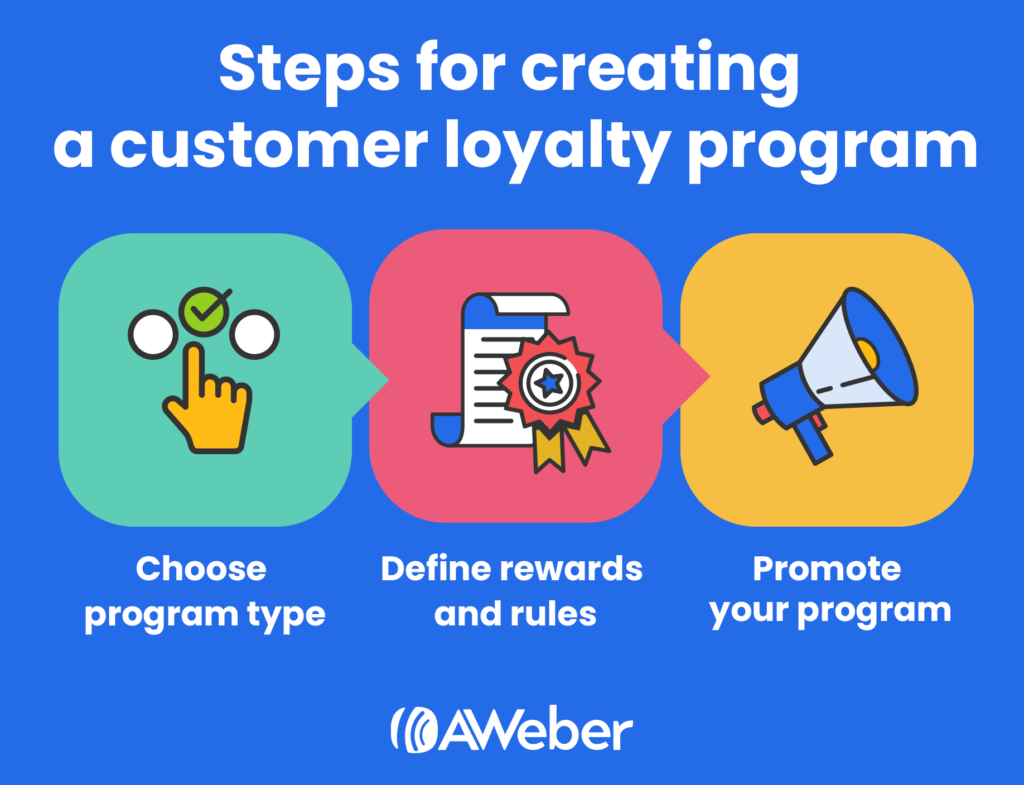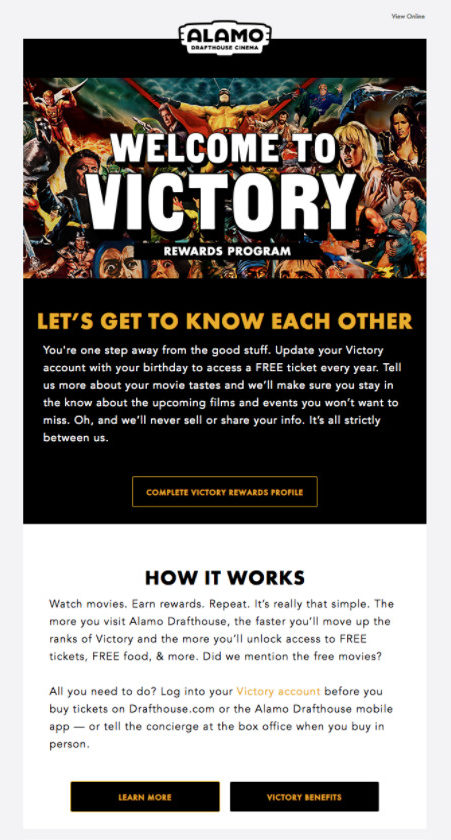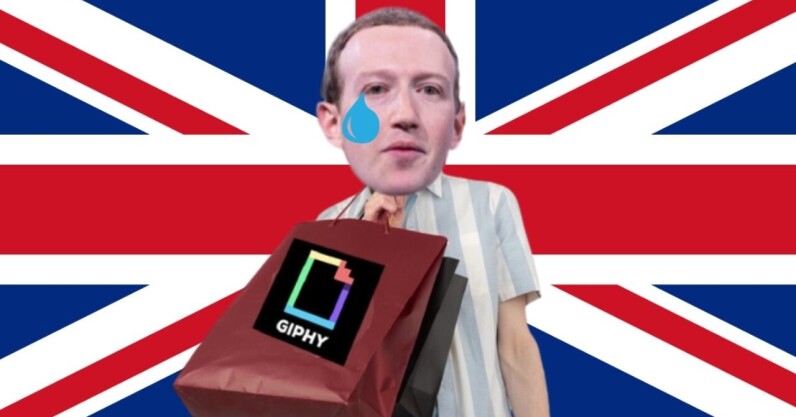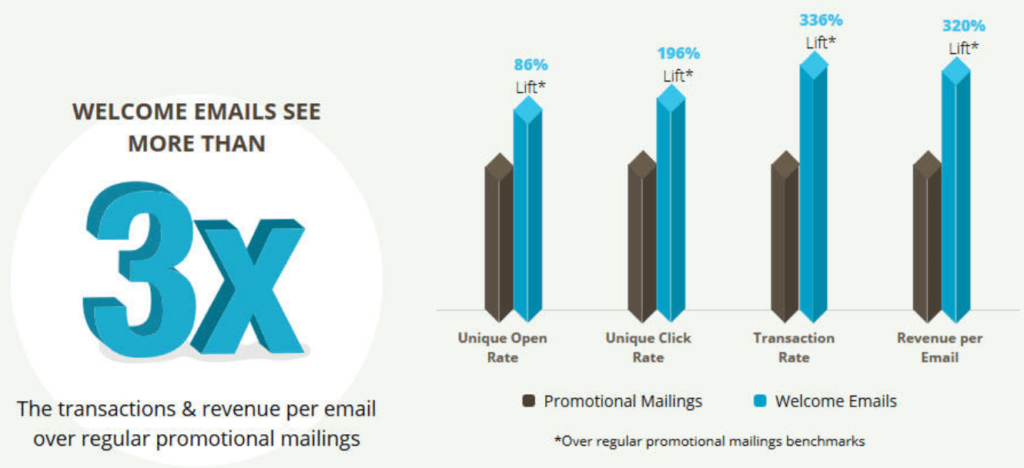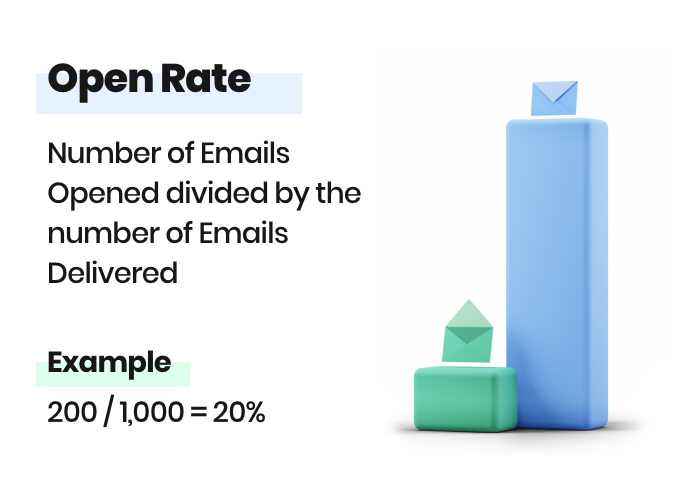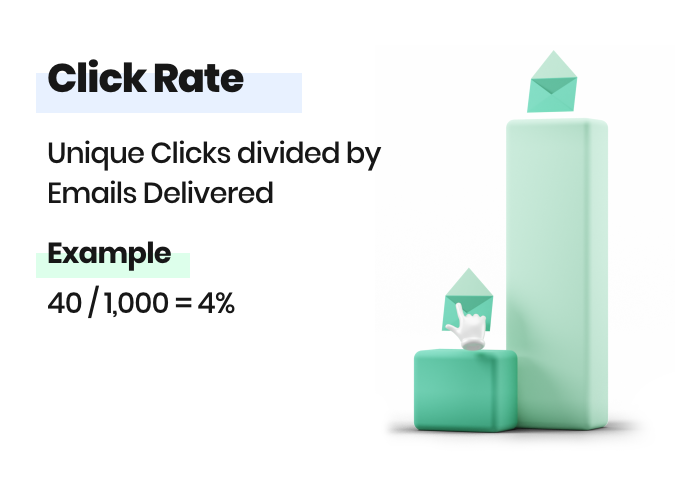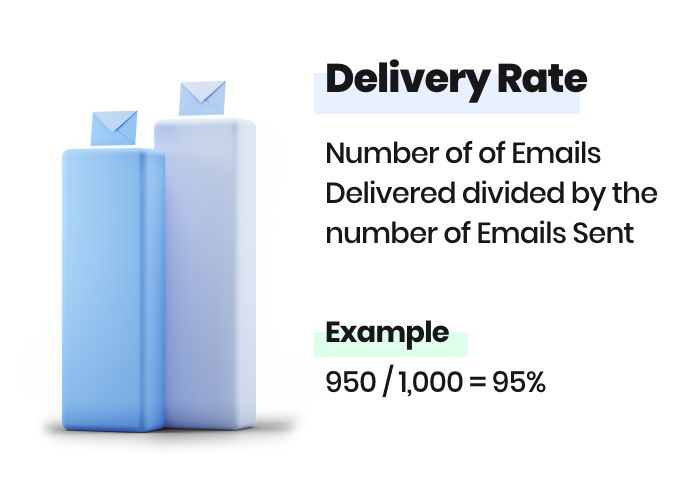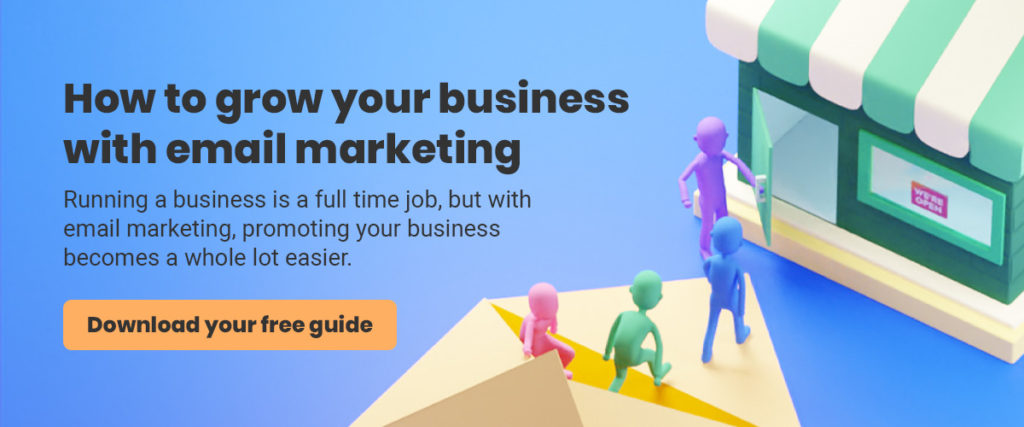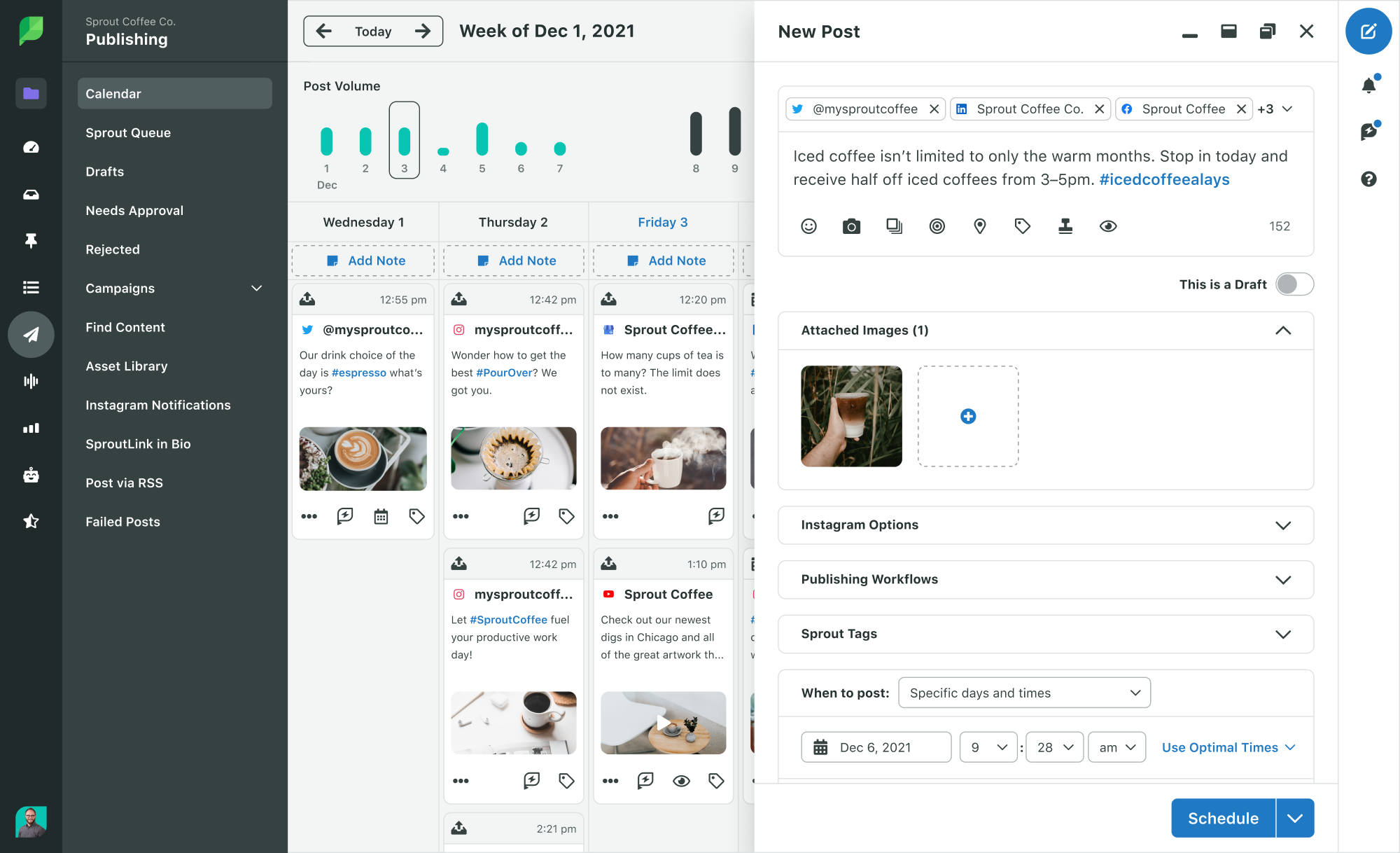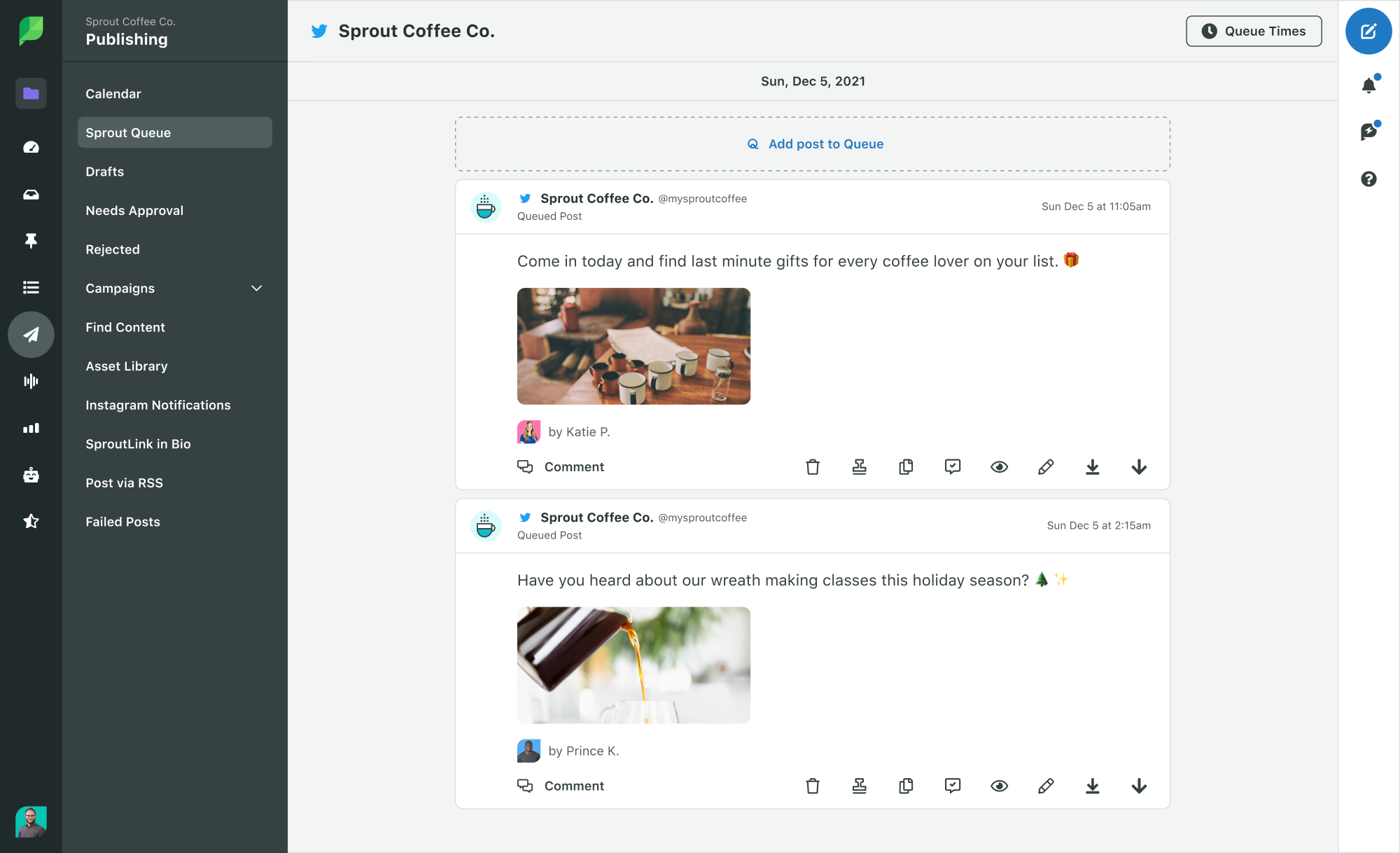Today, it’s easier than ever to shop online with just a few touches on your smartphone. Before 2020, online shopping was already on the rise. The pandemic only pushed the growth of ecommerce faster with revenue projected at $5.02 billion in 2022.
While physical stores aren’t going away, consumers want choice and conveniene. It’s important for businesses to keep up with the latest ecommerce trends because consumer behavior is constantly evolving. Product launches no longer take place solely in the physical space, the digital one is just as, if not more, important.
Let’s take a look at the top ecommerce trends you need to prepare for in 2022.
Types of ecommerce trends to watch for
Social commerce
Social commerce is when you buy and sell products or services directly from a social media platform. With the maturing of the influencer industry, the natural next step is for platforms to help influencers and companies sell to consumers. Why make someone leave Instagram if they can just click on a product tag and purchase something in less than a minute?
Social commerce trends
According to research conducted by The Harris Poll, on behalf of Sprout Social, 73% of businesses are already participating in social commerce while 79% expect to be doing so in the next three years. If you haven’t already started selling on social media, chances are high that your competitors already are or are planning to.

For businesses that want to market to the younger generations, it’s important to know that nearly half have already purchased online. According to a recent survey, 55.5% of consumers aged 18-24 and 48.7% of consumers aged 25-34 made at least one purchase on social media in 2021. By 2025, US social commerce is estimated to be nearly a $79.6 billion industry.

What challenges does social commerce solve?
When consumers are already learning about products and brands on social media, it makes sense for them to purchase items through the platform. In the buyer journey, it’s one less click for customers to take and that’s one less chance for them to abandon the cart.

Social commerce brand example: Eagle Creek
Travel outfitters Eagle Creek utilizes Instagram Shop to offer shoppers the experience of checking out directly on Instagram. You can explore their various collections, choose product sizes and colors and ask questions directly within their shop.

How to get started in social commerce
The platforms that are currently offering social commerce are Facebook, Instagram, Pinterest and WeChat. Plans to add social commerce have already been announced by YouTube, TikTok and Twitter. To get started, identify where your most engaged audiences are and set up shop there.
Track your success through native platform analytics and website referral traffic. To personalize your customer interactions more, use the Sprout integrations with Facebook Shops and Shopify to tag products in posts, link to products in messages and track orders statuses. Social commerce blends well with your social customer care strategy.

Augmented reality (AR) commerce
Augmented reality (AR) in ecommerce is using 3D mapping to help customers try on products or preview experiences before making a purchase. Some examples of AR ecommerce include virtually trying on glasses frames, placing a piece of furniture in a room to see how it’ll look, and applying various makeup products to see what compliments your skin tone.
AR commerce trends
Snapchat was the first to introduce AR into social media platforms. In 2020, AR was used often because consumers weren’t able to shop as easily in stores. And in 2022, AR is projected to be used at least once a month by 101.6 million consumers.

With the development of AR technology and the trend of social shopping on the uptick, AR commerce will continue to grow. In mid-July 2021, Snap purchased Vertebrae, a company that produces 3D images of products for brands. This investment indicates the company’s interest in developing more in the AR commerce space. Other major social platforms like Facebook and Pinterest have already invested in AR technology of their own to add to the social shopping experience.
What challenges does AR commerce solve?
“Try before you buy” takes on a whole new meaning with AR commerce. AR helps brands reach customers who might be too busy to go to the nearest store or don’t have a store near them. In fact, brands don’t even need brick-and-mortar storefronts to take advantage of AR commerce.
Because customers are able to preview products and experiences without purchasing, their purchase decisions are more informed, leading to fewer returns. AR also offers consumers the ability to test on their own time, making this marketing and sales channel quite cost-effective.
AR commerce brand example: Wayfair
Within its iOS app, Wayfair has used AR to improve the customer shopping experience since 2017. Common furniture items are able to be superimposed into customers’ spaces so they actually picture how they’ll look. If you’re able to see how well a leather armchair fits into your living room, you’re more confident in your purchasing decision and less likely to return the item.

How to get started on AR commerce
For both Facebook and Instagram, Spark AR Studio is available for anyone to use. Both developers and creators are able to create their own effects and experiences. You can build simple face filters or more complex world filters using Spark AR, with or without code. Spark AR offers tutorials so you can learn how to add a fun filter to your face or add an object virtually into a room.

Livestream shopping
Livestream shopping is the blend of social commerce and live-streaming. Using their social capital, influencers and brands livestream to highlight products and services. During the broadcast, consumers are able to interact with each other and the brand via a chatbox and purchase the highlighted products. The experience is similar to how one would shop in a store with store associates answering your questions but now it’s from the comfort of your home.
Livestream shopping trends
Livestream ecommerce shopping is highly popular in China and is starting to take off in the US. In 2020, the 11.11 Global Shopping Festival report revealed that livestream sales were at $6 billion, twice the previous year’s event sales. Research predicts that in 2022, livestream commerce in China will reach $446 billion USD, which would be 15% of total online sales.
Challenges that livestream shopping solves
Livestream shopping is interactive in nature. When a consumer isn’t able to shop in-store or doesn’t have a shop location nearby, a livestream demonstrates the product for them. The chat component allows them to ask questions to the influencers or brands, much like how they’d do so with a store associate.
Sometimes, live-streaming can feel a little scripted. When you’re doing one that incorporates shopping, you need to interact with consumers, which leads to being a more intimate and authentic shopping experience.
Livestream shopping brand example: Dermalogica
Skincare brand Dermalogica uses Facebook Live shopping to demonstrate their products. With a themed topic of summer skin care essentials, customers asked questions about their products and their usage.
Must Have Summer Skin Care Essentials
Summer skincare essentials
Posted by Dermalogica on Friday, June 4, 2021
How to get started in livestream ecommerce
Livestream shopping is available on multiple platforms. Facebook, Instagram, TikTok and Pinterest all either already have or are actively testing livestream features as part of their ecommerce feature.

Other ecommerce platforms like Amazon are also getting in on the action. It should be expected that additional platforms will offer livestream shopping in the near future.

Conversational commerce
Conversational commerce is the selling of goods and services to a customer via a chat or messaging platform. Imagine having a conversation with a brand on Facebook Messenger. They answer your questions about a product and facilitate the purchasing process all without you leaving the platform. Conversational commerce is a lot more personalized and interactive on a one-on-one basis.
On top of text-based conversational commerce is the other kind: voice shopping. Having a natural conversation with your Amazon Echo or Google Home that leads to a purchase is another example of conversational commerce.
Conversational commerce trends
According to a study on live chat, 41% of consumers prefer to use live chat as a support channel and 52% are more likely to remain loyal to a company that offers it. The chat doesn’t have to have a human on the other end, either. As long as their question is answered, 40% of customers don’t care if the chat is human or bot-driven. This is a big deal since live chats do take up a considerable amount of time and investment.
Challenges that conversational commerce solves
Conversational commerce helps your brand to be “always on.” Having a personalized shopping experience for consumers builds trust and offers a more frictionless buying experience. With the help of a chatbot, you’re able to route questions to the right people and always be available for your customer.
Conversational commerce brand example: Gymshark
Athletic clothing company Gymshark uses a Messenger bot to help customers easily check on their order status, report an issue and conduct returns. Setting these common scenarios up in a bot frees up time for the support team for more detailed customer issues.

How to get started in conversational commerce
First, get your social teams on board. Conversational commerce goes with your social strategy, which means your social media managers are likely at the forefront of customer interactions. They’ve likely already built up knowledge about interactions they’ve had with customers and can easily personalize future conversations.
There are plenty of live chat services available to use on your website. If you’d like to create a customer service chatbot, use a tool like Sprout to build it within Facebook Messenger or Twitter DMs.

Conclusion
There are several ecommerce trends to keep an eye on in the coming year. New technology is being developed to ensure smoother customer journeys and a better brand experience. Social commerce, AR, livestream shopping and conversational commerce are all ecommerce trends that benefit both the customer and the company. Personalized shopping is the future. Get ahead of the curve by conducting interviews to set up your social commerce strategy.
The post 4 Ecommerce trends you need to know for 2022 appeared first on Sprout Social.
from Sprout Social https://ift.tt/3p7rnK8
via IFTTT

